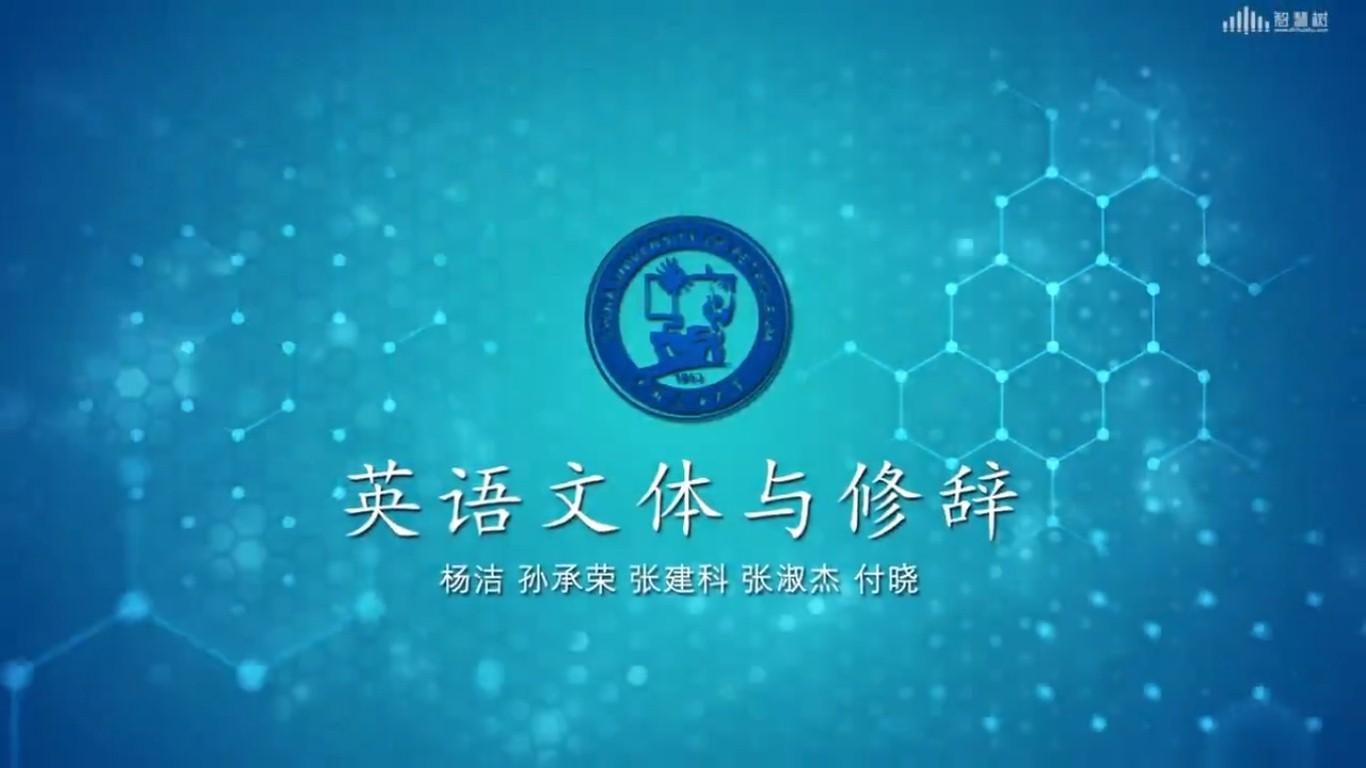第十一章 The Style of Fiction:本章主要介绍作为文学文体典型代表之一的小说的主要特征、写作技巧、基本要素等内容。11.1Fictional Language: Characteristics:本节主要介绍文学文本的功能、文学文本与非文学文本的区别、小说语言的特征、小说文本的情景多重性等基本内容。[单选题]( ) are created in much similarity to the actual situations in the real world and are generalized events and serve as miniatures of the real world events.选项:[promulgated situations, predominated situations, stimulated situations, simulated situations]
11.2Characteristics of Fictional Language: Multi-level Meanings:本节主要介绍小说文体中意义的多重性,以及语言模式的价值,尤其是小说文本中三个层次意义的形成方式、表现特征和相互关联等内容。
11.3Characteristics of Fictional Language: Multi-variance of the Lexico-grammar:本节主要介绍小说文本中词汇-语法的多变性,以及语言模式的价值,尤其是意义与形式、文学语言与日常会话、词汇语法特征与文体效果等内容。
11.4Fictional Language: Basic Elements:本节主要介绍小说的基本要素,重点讲解小说的叙事视角,结合实例讨论分析第一人称和第三人称的叙事视角等内容。
[单选题]The first level meaning is entirely implied; the second is partly implicit and the third ( ).选项:[prerequisite, explicit, illicit, solicit]
[单选题]Fictional language does not directly recount what is happening in the external world, but presents the outward experiences of humans through ( ).选项:[virtual reality, remote reality, counter reality, mock reality]
[单选题]The judgment of the quality of literary texts is whether they truly, accurately and systematically record the historical events or not, while that of non-literary texts is whether they are artistic, affectionate and illuminative or not.选项:[错, 对]
[单选题]The situation presented by the ( ) is very limited. It mainly focuses on the world of individual persons, so it is an effective device for describing the world of individual characters, which can be used as a life model or example of individual persons.选项:[first person coordinator, first person narrator, first person calculator, first person interlocutor]
温馨提示支付 ¥3.00 元后可查看付费内容,请先翻页预览!

